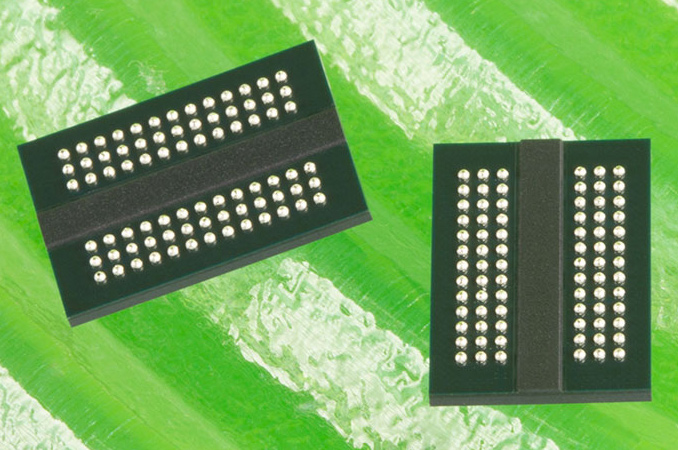erek
[H]F Junkie
- Joined
- Dec 19, 2005
- Messages
- 10,928
Speaking of cadence, I just mentioned them today in another thread
“While GDDR7 promises major performance increases without major increases of power consumption, perhaps the biggest question from technical audiences is when the new type of memory is set to become available. Absent a hard commitment from JEDEC, there isn't a specific timeframe to expect GDDR7 to be released. But given the work involved and the release of a verification system from Cadence, it would not be unreasonable to expect GDDR7 to enter the scene along with next generation of GPUs from AMD and NVIDIA. Keeping in mind that these two companies tend to introduce new GPU architectures in a roughly two-year cadence, that would mean we start seeing GDDR7 show up on devices later on in 2024.
Of course, given that there are so many AI and HPC companies working on bandwidth hungry products these days, it is possible that one or two of them release solutions relying on GDDR7 memory sooner. But mass adoption of GDDR7 will almost certainly coincide with the ramp of AMD's and NVIDIA's next-generation graphics boards.”

Source: https://www.anandtech.com/show/18759/cadence-derlivers-tech-details-on-gddr7-36gbps-pam3-encoding
Source 2: https://www.techpowerup.com/305676/...md-rdna4-radeon-rx-8000-to-debut-gddr7-memory
“While GDDR7 promises major performance increases without major increases of power consumption, perhaps the biggest question from technical audiences is when the new type of memory is set to become available. Absent a hard commitment from JEDEC, there isn't a specific timeframe to expect GDDR7 to be released. But given the work involved and the release of a verification system from Cadence, it would not be unreasonable to expect GDDR7 to enter the scene along with next generation of GPUs from AMD and NVIDIA. Keeping in mind that these two companies tend to introduce new GPU architectures in a roughly two-year cadence, that would mean we start seeing GDDR7 show up on devices later on in 2024.
Of course, given that there are so many AI and HPC companies working on bandwidth hungry products these days, it is possible that one or two of them release solutions relying on GDDR7 memory sooner. But mass adoption of GDDR7 will almost certainly coincide with the ramp of AMD's and NVIDIA's next-generation graphics boards.”

Source: https://www.anandtech.com/show/18759/cadence-derlivers-tech-details-on-gddr7-36gbps-pam3-encoding
Source 2: https://www.techpowerup.com/305676/...md-rdna4-radeon-rx-8000-to-debut-gddr7-memory
Last edited:
![[H]ard|Forum](/styles/hardforum/xenforo/logo_dark.png)